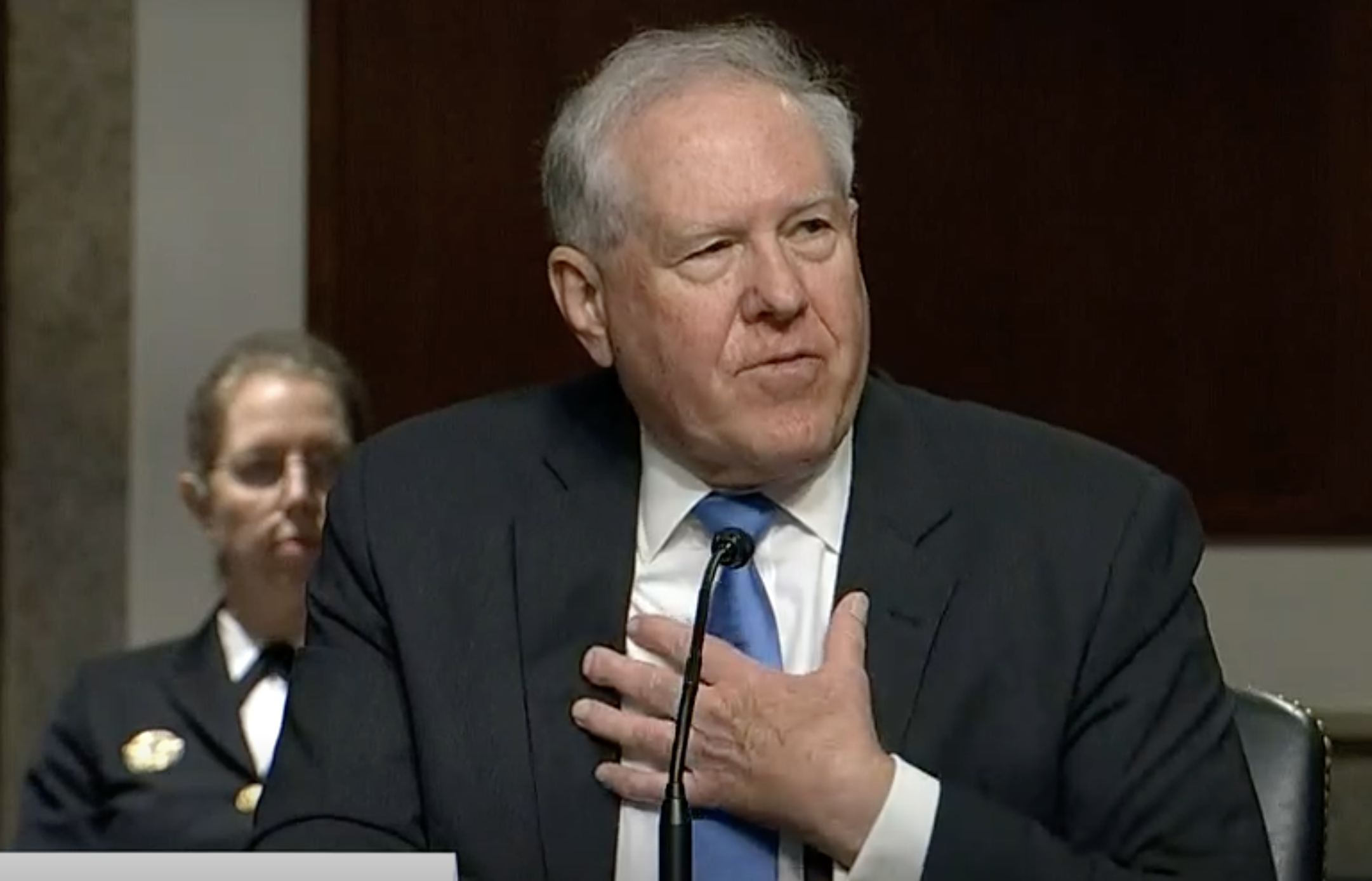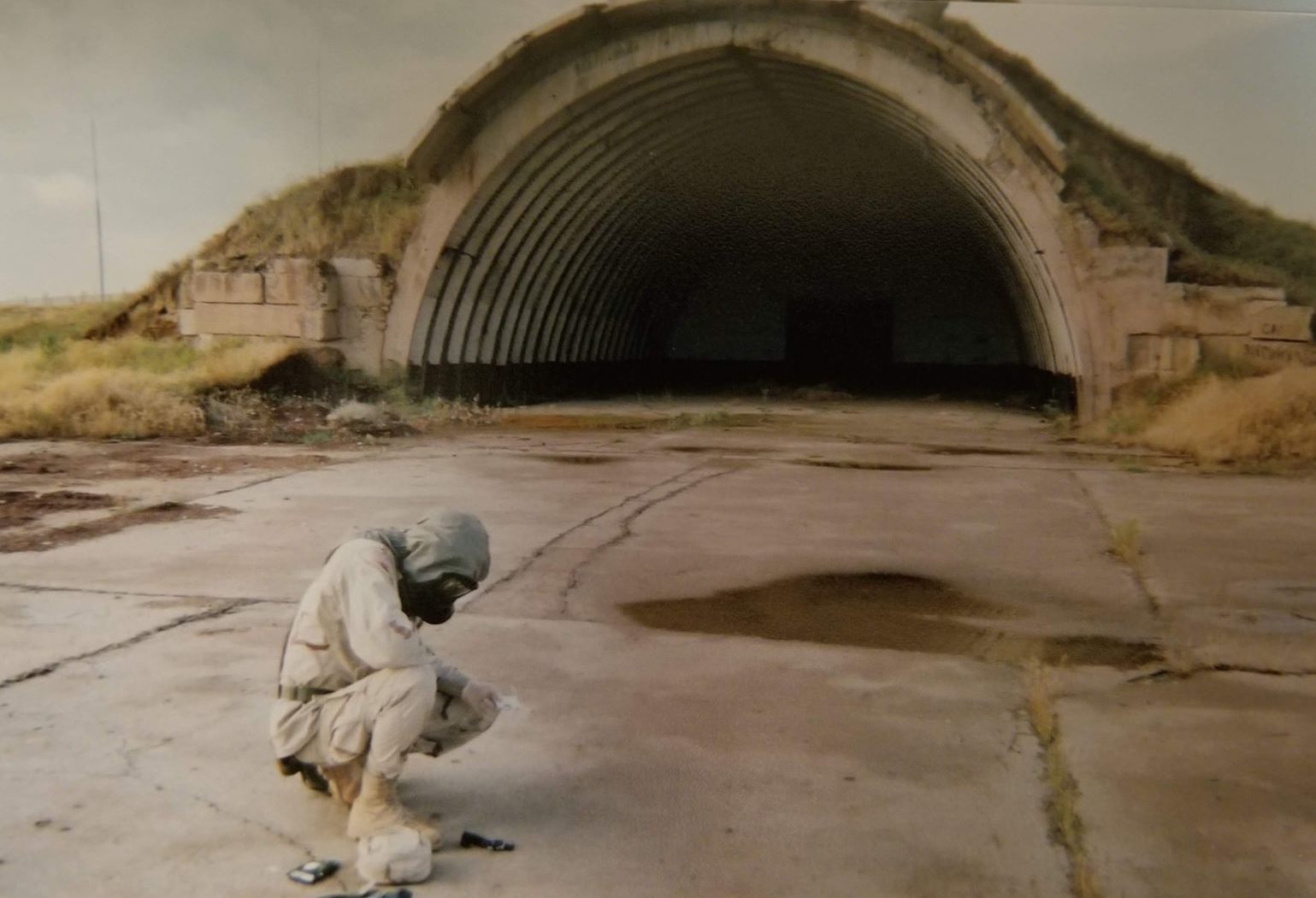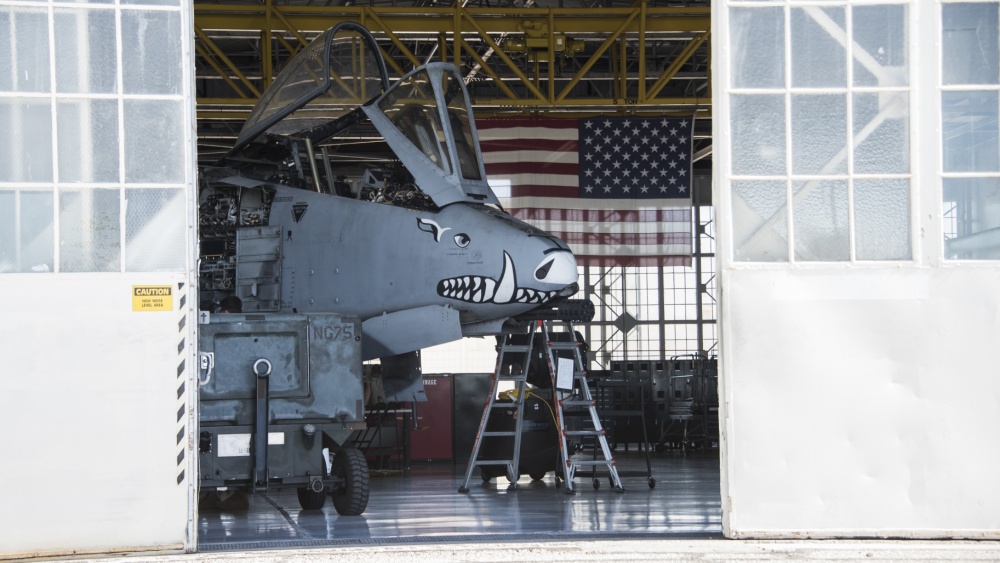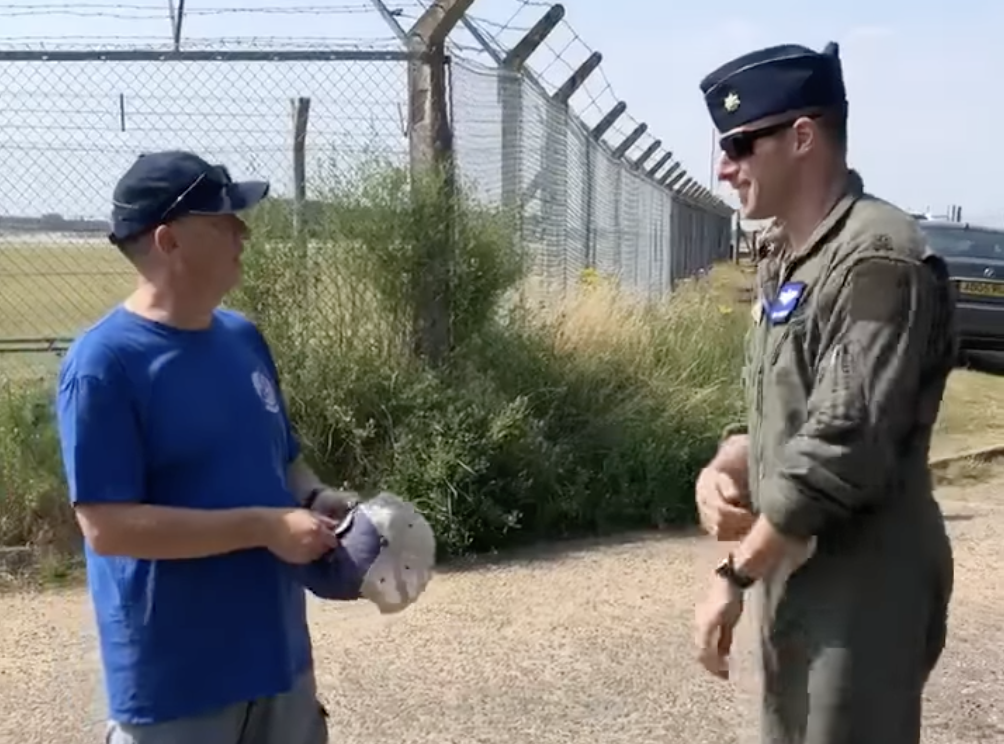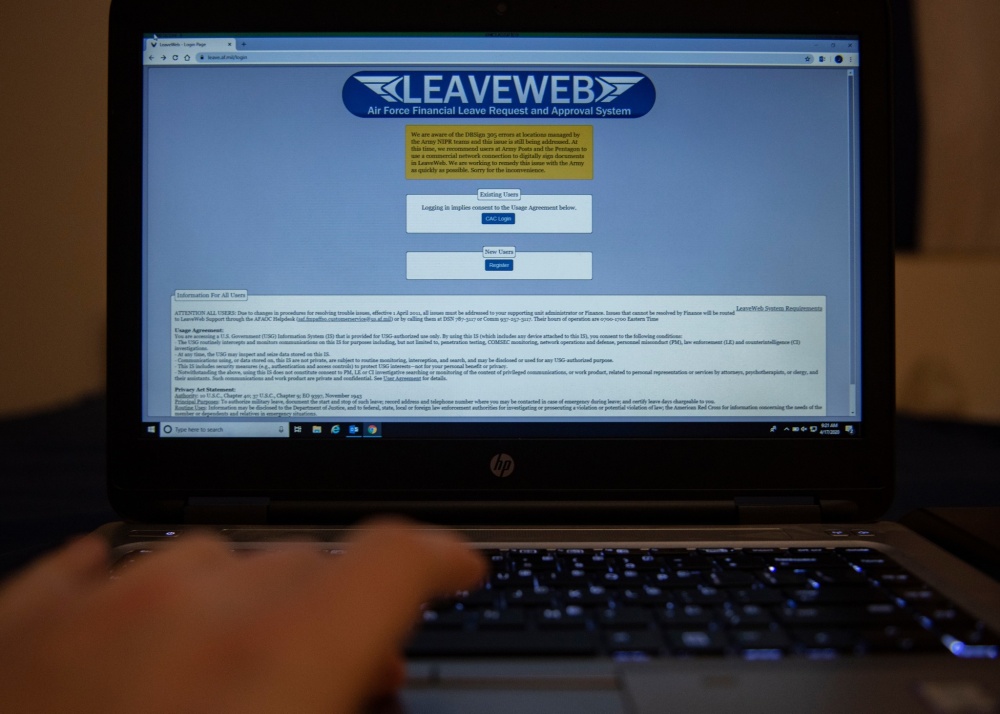The Senate on July 26 confirmed Frank Kendall to be the 26th Secretary of the Air Force, ending a nomination process stalled by holds from three senators.
Kendall was confirmed by voice vote almost three months after President Joe Biden tapped him for the role. The same day as the vote, Sen. Gary Peters (D-Mich.) lifted his hold on Kendall after the Air Force committed to retain and modernize A-10s at Selfridge Air National Guard base in his state, The Detroit News reported.
Kendall, the former No. 3 official in the Pentagon in the Obama administration, will take over a service pressing Congress for permission to retire aging airframes and overhaul its fleet to prepare for future conflict with near-peer countries, such as China.
Earlier this month, Sen. Elizabeth Warren (D-Mass.) lifted her hold on the nomination after Kendall pledged to extend an ethics agreement. Utah Republican Sen. Mike Lee also placed a hold on the nomination for undisclosed reasons.
The holds were a surprise delay on a nomination that initially appeared set to breeze through the Senate following a favorable May 25 confirmation hearing.
Kendall will take the reins of the Department of the Air Force from acting Secretary John P. Roth, who has held the role in a temporary capacity for 187 days. Previous Air Force Secretary Barbara M. Barrett stepped down at the end of the Trump administration.
As the undersecretary of defense for acquisition, technology, and logistics from 2012 to 2016, Kendall oversaw the Defense Department’s weapons purchases, development, sustainment, and logistics. When he left the job, Congress split the role into two separate jobs for acquisition and sustainment. He also was the deputy undersecretary and acting undersecretary.
He served as an advisor to Biden during his presidential campaign on national security and defense issues. Kendall also was vice president of engineering for the then-Raytheon Co. and was a managing partner at Renaissance Strategic Advisors.
Last week, the Senate also confirmed Gina Ortiz Jones to be the next undersecretary of the Air Force, where she will be Kendall’s No. 2.
